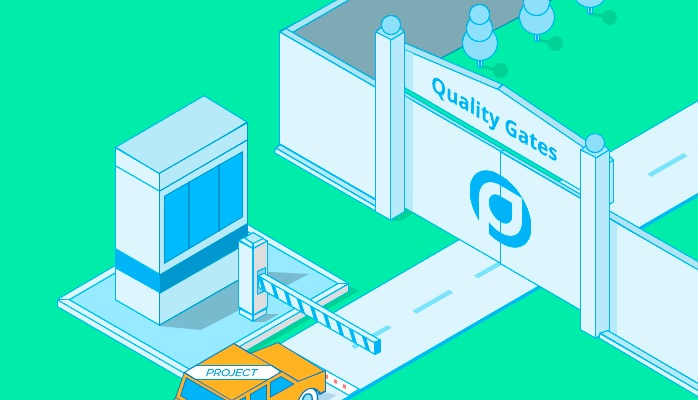We have seen approaches to software development change swiftly in recent years. Practices such as Agile, Continuous Integration/Delivery, and DevOps have become mainstream. Developers are transforming the product creation process, using not only a different approach to organizing the work but also fundamentally new technologies. How is the quality creation process changing in this paradigm? Obviously, the QA department is gaining a lot of new ways to improve product quality. How can you know how effective your quality assurance process is in this new and agile world?
It must be recognized that a large number of familiar consulting models employed previously to assess the maturity and effectiveness of testing and quality assurance processes have become outdated together with the former processes. Many consulting companies analyze the effectiveness of quality assurance processes. PFLB is one such company focused on QA services. It possesses ISTQB, CMMI, and COBiT certifications.
PFLB audits the maturity and effectiveness of software quality assurance processes using its own patented Quality Gates Next methodology, which considers the IT-product creation process as a quality assurance pipeline. The result of the audit is not only information about the process’s level of maturity in the familiar terminology of TPI or CMMI, but also a detailed technical description of every hole found through which quality is leaking during product creation.
The Quality Gates Next methodology provides eight quality gates that the product must pass before it is released. Each gate contains specific quality checks that the product must pass in order to move to the next phase. A similar philosophy is familiar to many developers who practice unit testing.
The old approaches most often resulted in the team starting to think about quality only when development was finished. Testers receive a raw product that is simply overflowing with bugs, and diligently set to filing them. This takes an inexcusable amount of time in today’s world, and, unfortunately, often forces IT managers to sacrifice quality in order to meet deadlines for releasing the product. In modern development environments, this reactive approach is increasingly replaced by roles such as site reliability engineers’ responsibilities, which emphasize proactive quality and performance management from the very beginning of the development process.
An audit based on the Quality Gates Next methodology can not only illuminate the problems but also provide valuable recommendations regarding quality assurance, beginning with the earliest stages of development. Thus, testing and quality assurance no longer lag behind the new development methodologies. The synergy between development and testing will yield results in the form of an organic reduction in time to market and increased product quality.

Related insights in blog articles
UI Load Testing: Full Guide

When an application starts to slow down, users notice it immediately. Pages hesitate to load, buttons lag, animations freeze for a split second, and that’s often enough to make someone close the tab. These issues rarely come from the backend alone. In most cases, the real strain appears in the browser, where scripts, styles, and […]
Internet of Things Testing: Benefits, Best Practices, & Tools for Reliable Connected Systems

IoT is an ecosystem of devices connected through networks and relying on cloud or app services for endless communication, data exchange, and smart automation. For this ecosystem to work seamlessly 24/7, it heavily depends on IoT testing. Apart from impeccable performance, the latter guarantees the reliability, protection, and integrity of diverse devices, networks, apps, and […]
Swagger API Testing: What It Is, How It Works, and Best Practices for QA Teams

Testing APIs without proper documentation can feel like walking through fog — every endpoint is a guess, every parameter a risk. But not with Swagger UI API testing. Swagger turns static API definitions into a live, interactive interface where developers and QA teams can validate endpoints, check request/response schemas, and explore the system in real […]
BlazeMeter vs. JMeter: Full Comparison

Ever wondered whether you should stick with Apache JMeter or move your tests to BlazeMeter? Both tools are powerhouses in performance and load testing, but they serve different needs. JMeter is an open-source desktop tool under the Apache 2.0 license; ideal for local or distributed testing across HTTP, APIs, JDBC, and more. BlazeMeter, on the […]
Be the first one to know
We’ll send you a monthly e-mail with all the useful insights that we will have found and analyzed
People love to read
Explore the most popular articles we’ve written so far
- Top 10 Load Testing Tools for 2025: The Deep Dive Sep 9, 2025
- Cloud-based Testing: Key Benefits, Features & Types Dec 5, 2024
- Benefits of Performance Testing for Businesses Sep 4, 2024
- Android vs iOS App Performance Testing: What’s the Difference? Dec 9, 2022
- How to Save Money on Performance Testing? Dec 5, 2022